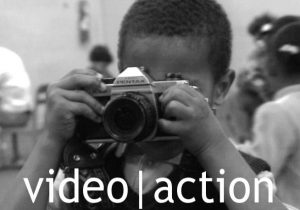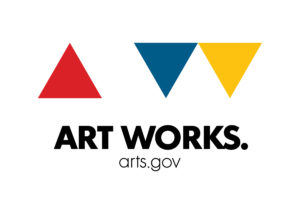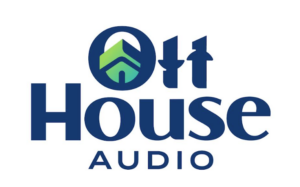Posted By Margaret Barse, Member of the MARCOM Committee, WIFV DC
The goal of the savvy presenters in Friday’s WIFTI Summit session “Grab the Tech” was to help filmmakers navigate their way through what can be an overwhelming technology jungle to a clearer pathway in using digital and social media tools.

Shireen Mitchell, Founder of Digital Sisters, Michelle May, Founder of Womin Media, and Ron Gregory, Director of Digital Media at Interface Media, gave a lively presentation, complete with many questions from the audience and, of course, a computer that refused to cooperate.What they didn’t give was a rote list of applications and program names. Instead, all three emphasized a few basic concepts about using social media and digital tools in helping to promote or market your product.
First of all, they all tried to dispel the common misconception that it is enough to just get the latest digital product and go. What you really need first is an endgame. Before heading into that tech jungle, define what you would like your viewer/user experience to be. Identify your target audience, what tools they are likely to use, and what you want them to do. Ask yourself, “How do I want people to experience my content?” Does your target demographic tend toward one social media tool over another? In a word, strategize.
Additionally, the panel emphasized that filmmakers should, early on in the production process, thoroughly analyze their digital marketing requirements, both aesthetic and technical. What will your budget allow and think about how you want to distribute and produce your product accordingly. For example, ask yourself, “Do I really need chat capability and a multilayer website?” Another question to ask could be, “What kind of format did I shoot on?” If you want something to go out quick and viral, you may not need the highest quality HD format. Consequently, if you did shoot on HD, You Tube may not the best medium to disseminate your product.
Thirdly, the panel urged filmmakers to use a tool for metrics. Once a month, at the very least, monitor your hits, views, comments, etc. This information will be invaluable when pitching your product further or to gauge and assess whether you are reaching your target audience. In this particular instance, it was recommended to stick with the same analytical tool for a while in order to develop consistent measurement standards.
Following up on this, be ready to give feedback on the feedback. If you ask people to comment, tweet, etc., be ready to spend some time with your audience. At the very least say thank you.
The panel also had two final, critical, points. First, don´t let yourself get overwhelmed by all the technology out there. Try out a few programs, yes, but if technology is just not your thing, try to get a colleague or friend to help test anything else interesting that might come along. There are enough people who enjoy doing that so you shouldn´t have to make yourself suffer too long. It was also recommended to look for tools that are connected with longevity. TweetDeck, for example, was just purchased by Twitter, so chances are that it will be around for a while.
Lastly, and probably most importantly, no amount of technology will replace good-storytelling. A strong story is key. No ifs, ands, or tweets about it.

















